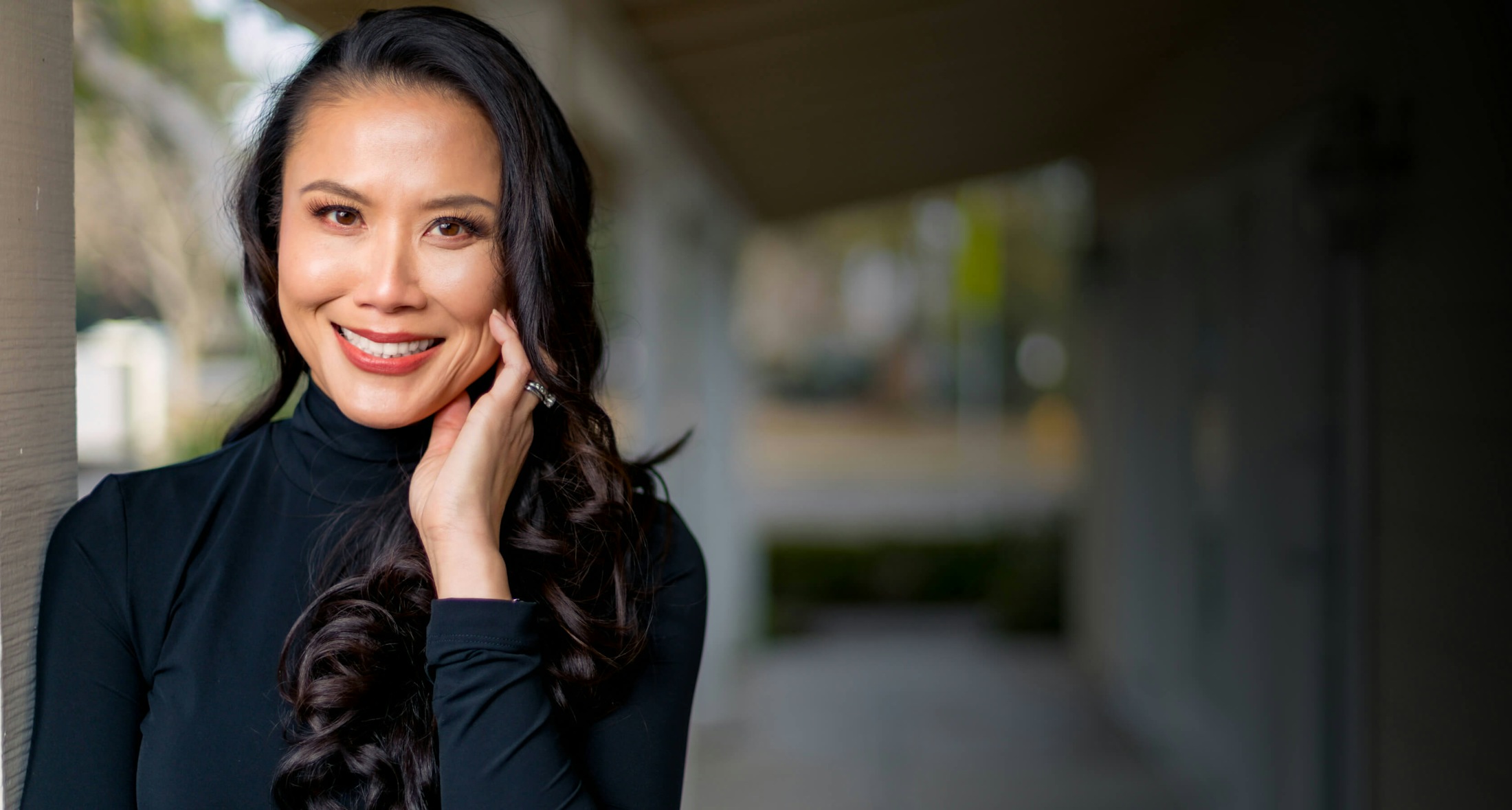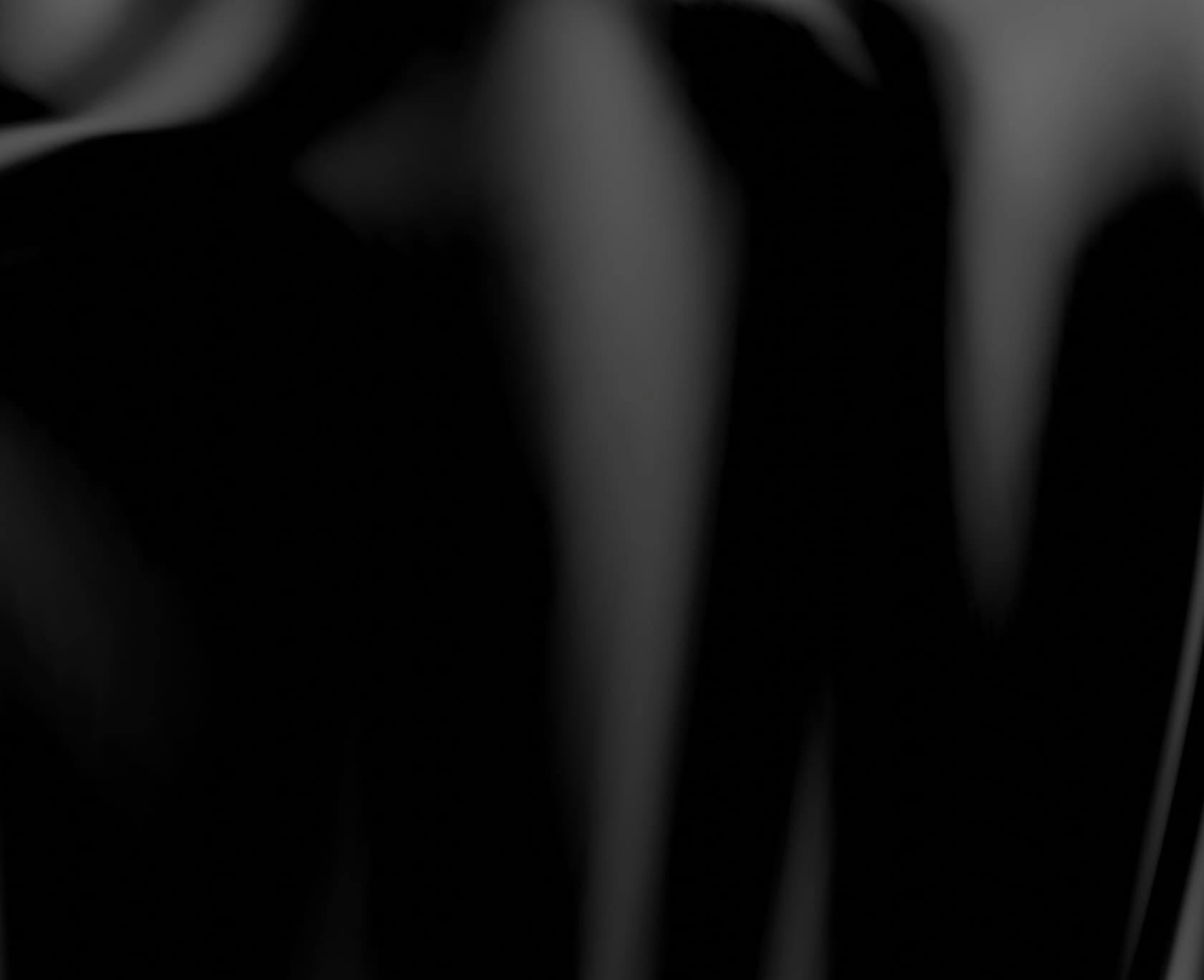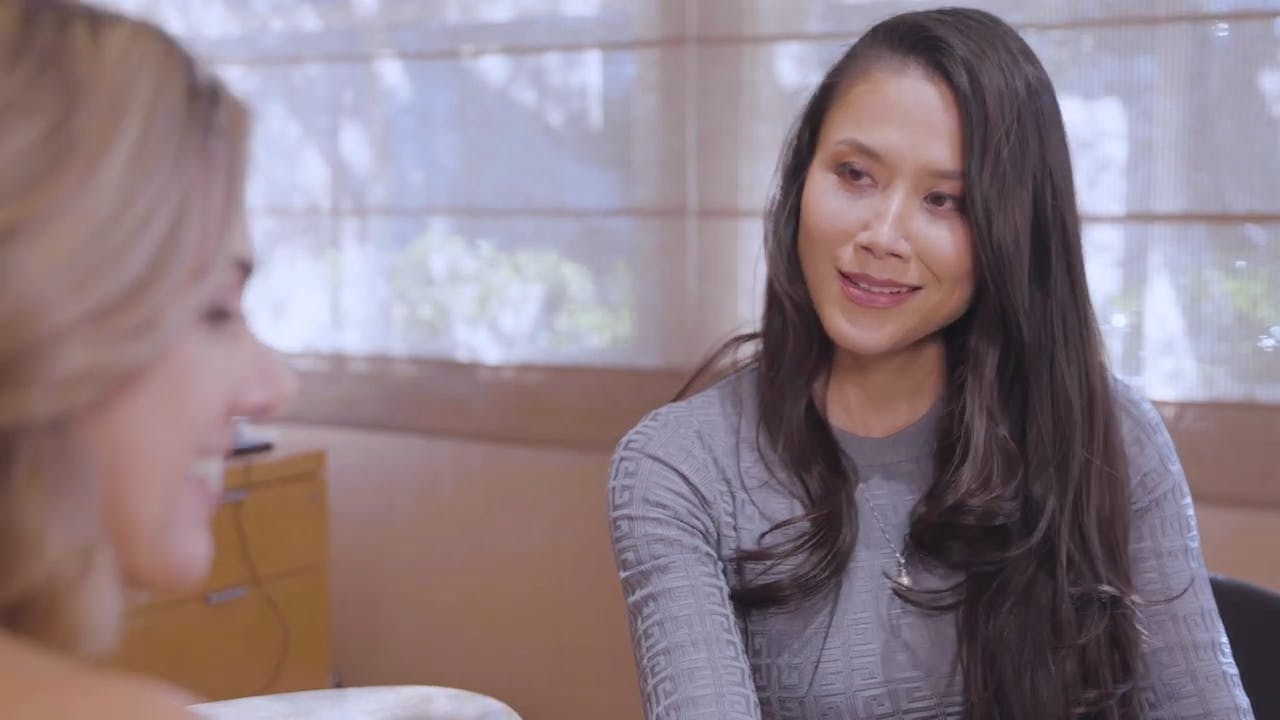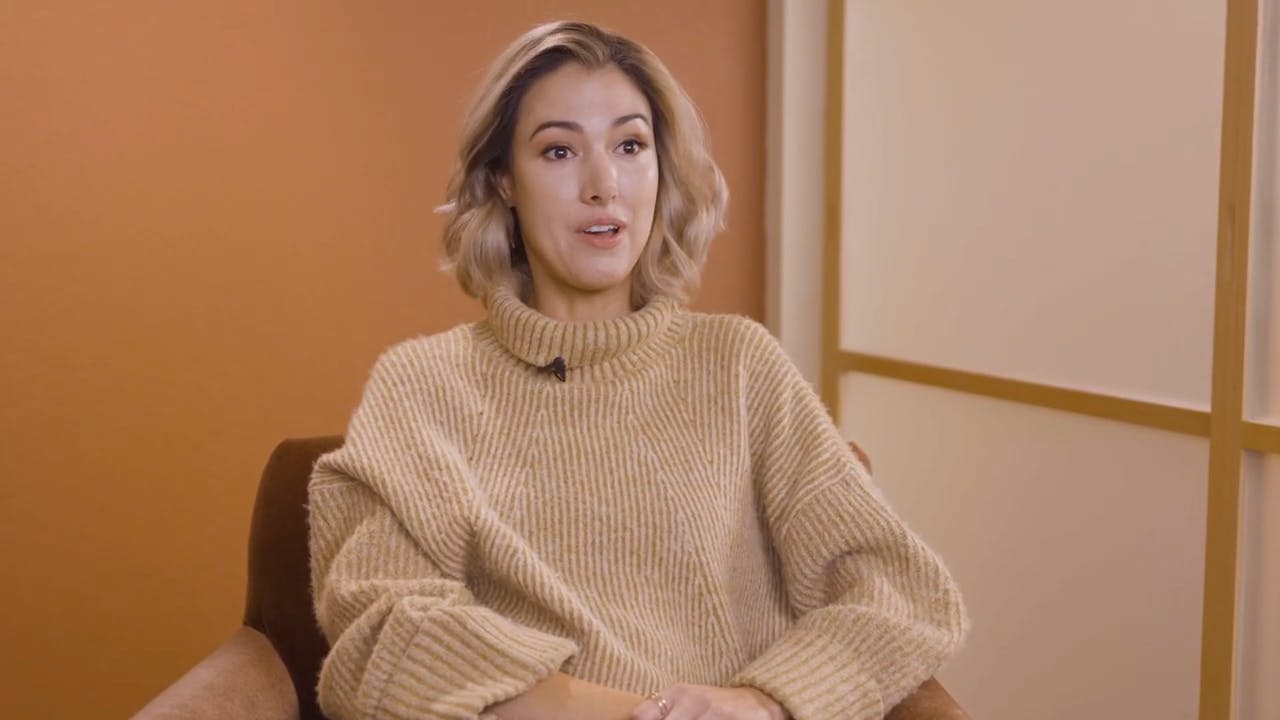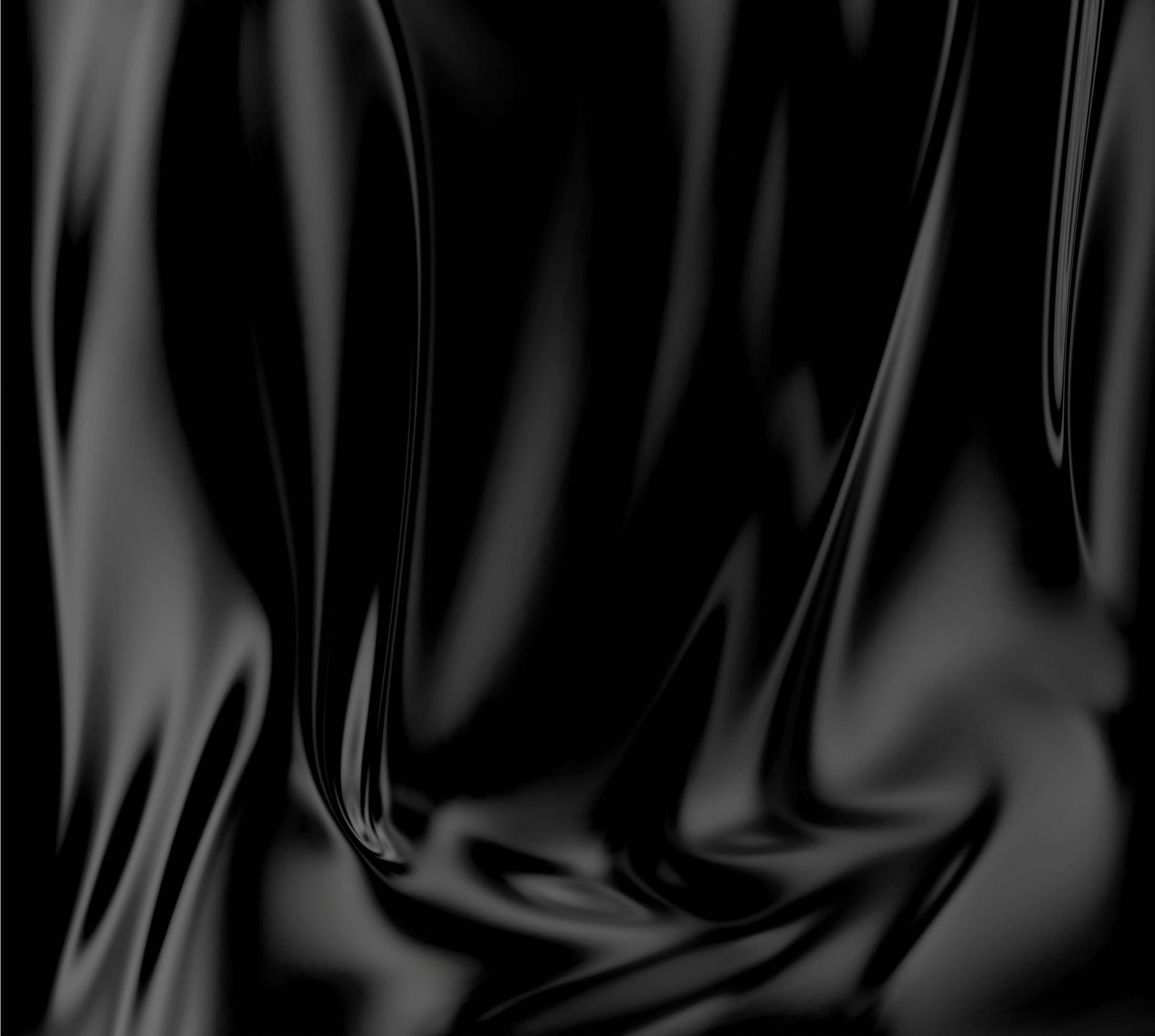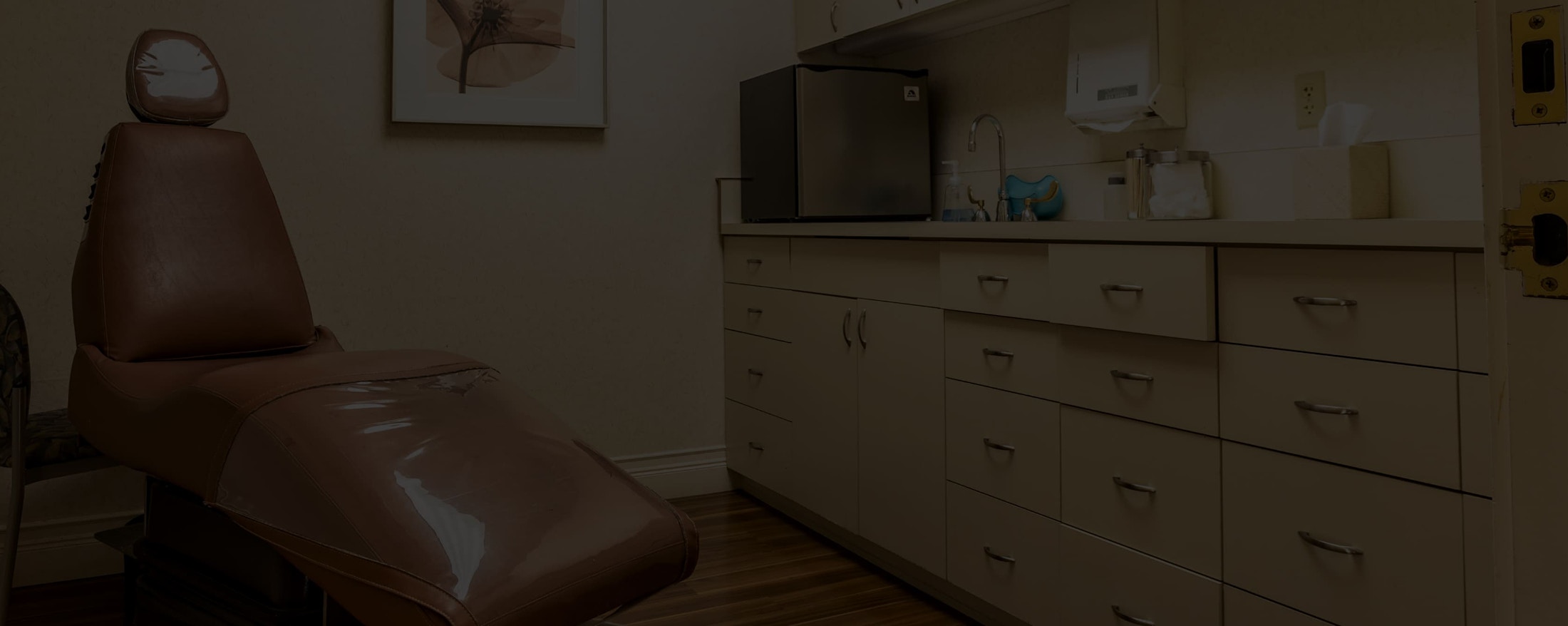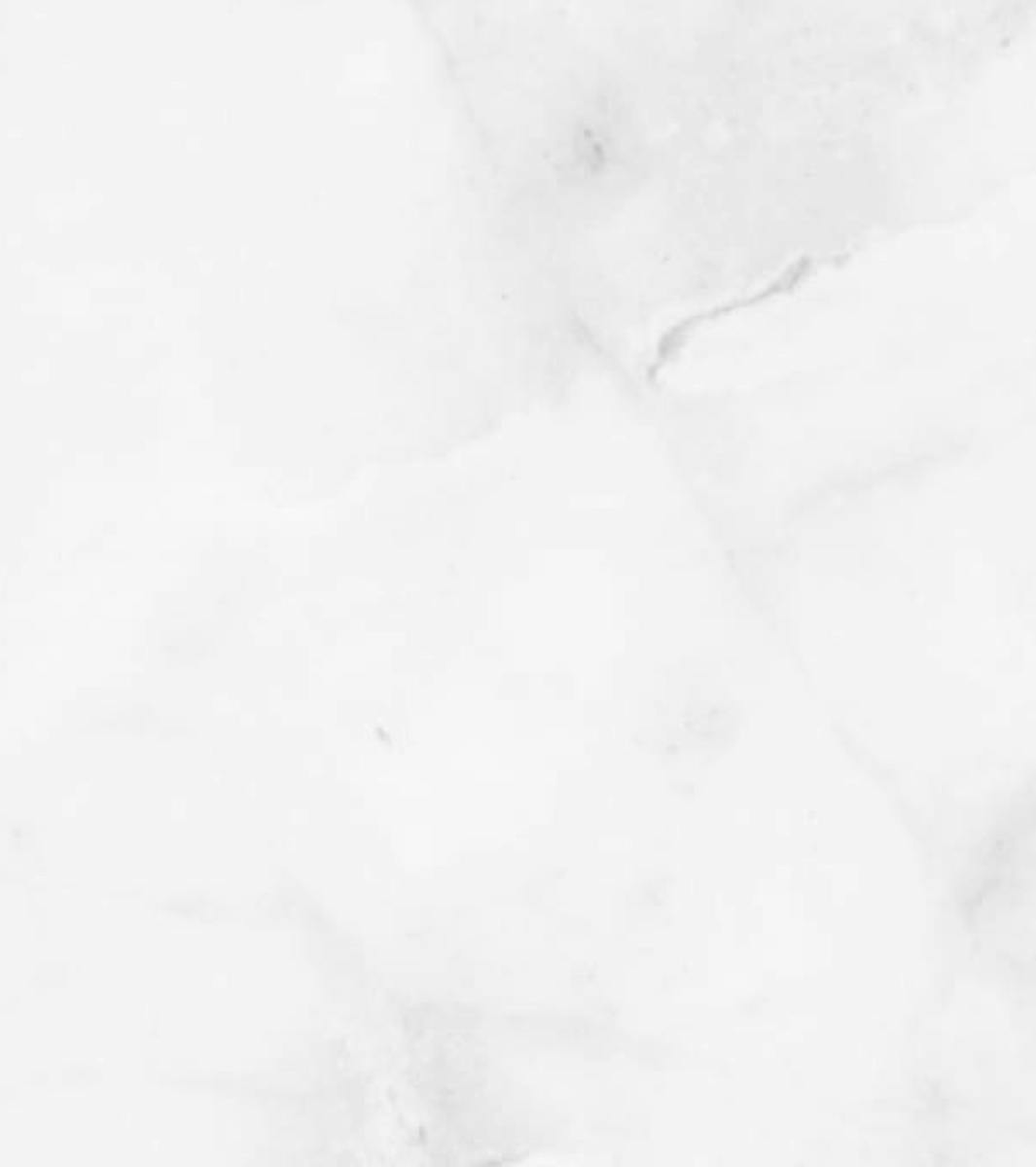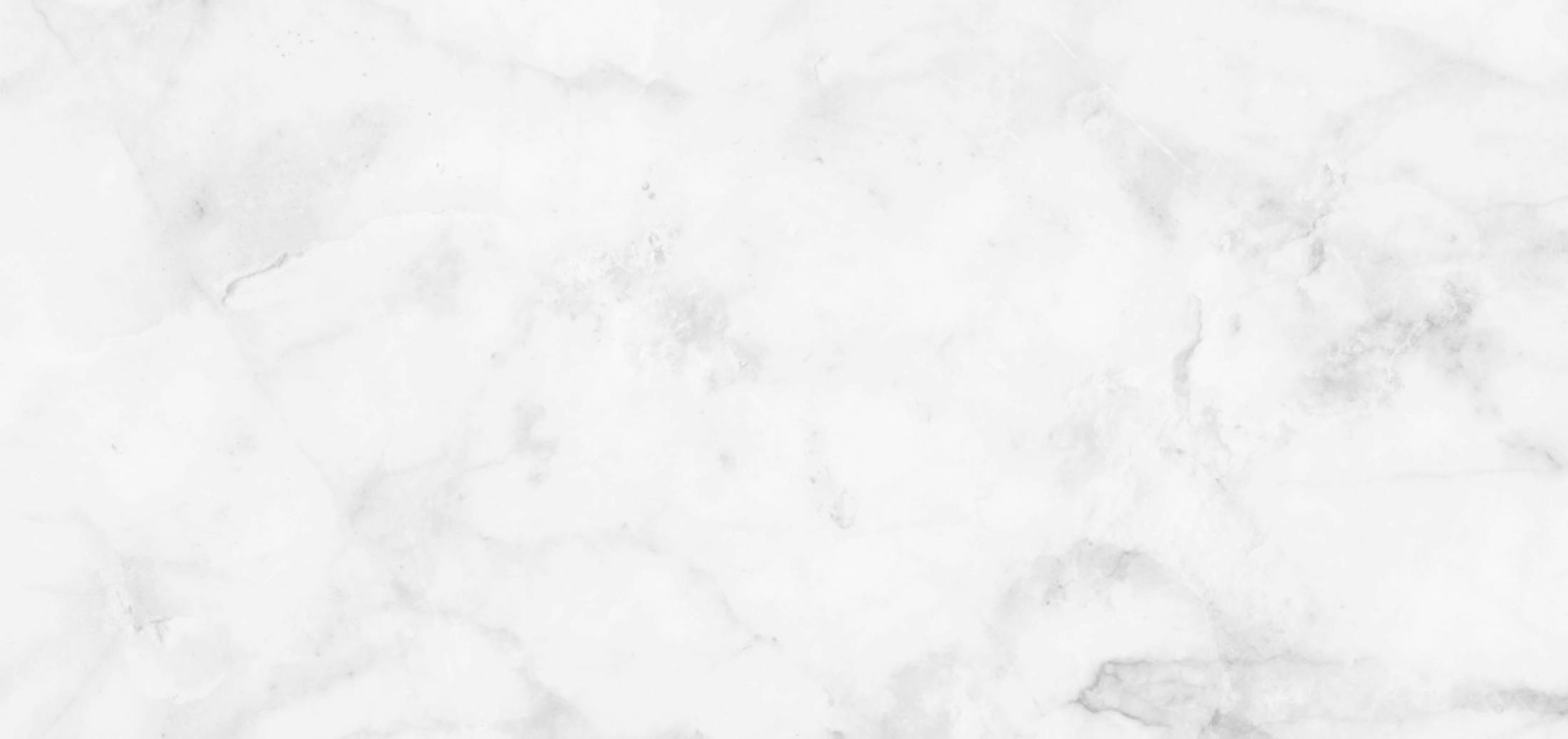Nose reshaping surgery, or “rhinoplasty,” is one of the most complex of all facial surgeries. If you are considering a rhinoplasty in Palo Alto, ensure your surgery is performed by a plastic surgeon trained to perform the most advanced surgical techniques, like Dr. Graw.
Schedule A Consultation
Contact Us

What to Expect During Rhinoplasty Recovery
Healing after rhinoplasty is a gradual process, but most patients are surprised at how manageable and rewarding recovery can be. Here’s what you can typically expect:
- Week 1: You’ll wear a splint to support your new nasal shape. Bruising and swelling are most noticeable during this time. Most patients return to light activities within 5–7 days.
- Weeks 2–3: Swelling and bruising subside significantly. Many patients feel “restaurant ready” by the three-week mark.
- 1–3 Months: The nose continues to refine, with tip definition improving and subtle swelling dissipating.
- 1 Year: Final results are typically visible by this time, as all residual swelling resolves.
Rhinoplasty FAQs
What concerns can rhinoplasty address?
Will my nose look natural after surgery?
Can rhinoplasty fix a nose that was previously broken?
What is nasal valve collapse and can rhinoplasty address it?
Is rib cartilage safe and effective for complex nasal reconstruction?
What concerns can rhinoplasty address?
Rhinoplasty can reshape the nose to correct issues like a hump on the bridge, a wide or drooping nasal tip, asymmetry, or nostrils that feel too large or flared. It can also improve breathing if structural problems, such as a deviated septum, are present.
Will my nose look natural after surgery?
Yes. When performed by a skilled facial plastic surgeon, rhinoplasty is designed to enhance your nose while keeping your features balanced and natural. The goal is not to create a “perfect” nose, but one that fits harmoniously with the rest of your face.
Can rhinoplasty fix a nose that was previously broken?
Yes, rhinoplasty can correct nasal deformities caused by trauma, such as a previously broken nose. These injuries often result in asymmetry, crookedness, or internal deviations that affect breathing. Dr. Graw specializes in reconstructive rhinoplasty techniques, including the use of your own cartilage to restore both appearance and function in post-traumatic cases.
What is nasal valve collapse and can rhinoplasty address it?
Nasal valve collapse is a condition where the narrowest part of the nasal airway weakens, leading to significant breathing difficulties. It’s often missed or inadequately treated in primary rhinoplasty. Dr. Graw has specialized training in functional nasal reconstruction and uses structural grafts (such as spreader or alar batten grafts) to reinforce and open the valve area, dramatically improving airflow and breathing.
Is rib cartilage safe and effective for complex nasal reconstruction?
Yes. Rib cartilage is considered the gold standard for complex or revision rhinoplasty when septal or ear cartilage is insufficient. It provides robust structural support, especially in cases of severe collapse or previous over-resection. Dr. Graw is uniquely trained in harvesting and sculpting rib cartilage to build a strong, natural-looking nasal framework while minimizing visible scarring and donor site discomfort.
About Dr. Grace Graw
Offering both open and closed rhinoplasty, Dr. Grace Graw provides customized nasal surgery tailored to each patient’s anatomy, goals, and aesthetic preferences. With elite training from Johns Hopkins, Harvard Medical School, and Stanford, she brings exceptional skill and precision to every procedure. Whether you’re seeking subtle contouring or comprehensive nasal reshaping, Dr. Graw delivers natural-looking, balanced results with a deep understanding of both form and function. We can perform a custom rhinoplasty in our Palo Alto, Menlo Park & Atherton, offices.
